GĐXH - Physical activity can make your heart healthier and your spirit happier. However, if you have atopic dermatitis, you may experience some symptoms of redness and itching. So what should people with atopic dermatitis pay attention to when exercising?
1. The role of exercise for people with atopic dermatitis
Should people with skin diseases such as inflammatory skin conditions (atopic dermatitis, contact dermatitis, eczema...), fungal skin conditions, psoriasis, rashes, allergic urticaria... exercise?
In general, when we have any illness, we tend to rest and avoid exercise, especially physical exercise. However, science has proven that appropriate exercise plays an important role in promoting the healing process and improving resistance to prevent disease recurrence.
For the skin, physical exercise increases blood circulation, promotes the body's metabolism, dilates peripheral blood vessels, increases blood flow to the skin and eliminates waste products through the skin. As a result, inflammatory and allergic agents can be eliminated, helping to reduce inflammation and irritation.
Atopic dermatitis can flare up due to nervous tension, appropriate exercise relieves stress, helping to improve the condition.
In the acute stage of the disease, the patient needs timely medical care and proper rest. Exercise should only be carried out when the disease is in a stable stage.
2. What exercises should people with atopic dermatitis do?
Dr. Pham Quang Thuan (Vietnam Sports Hospital) said that in general, there are no absolute contraindications to exercise for people with skin diseases such as atopic dermatitis. The problem is just choosing the right type of exercise that suits your individual characteristics and medical condition.
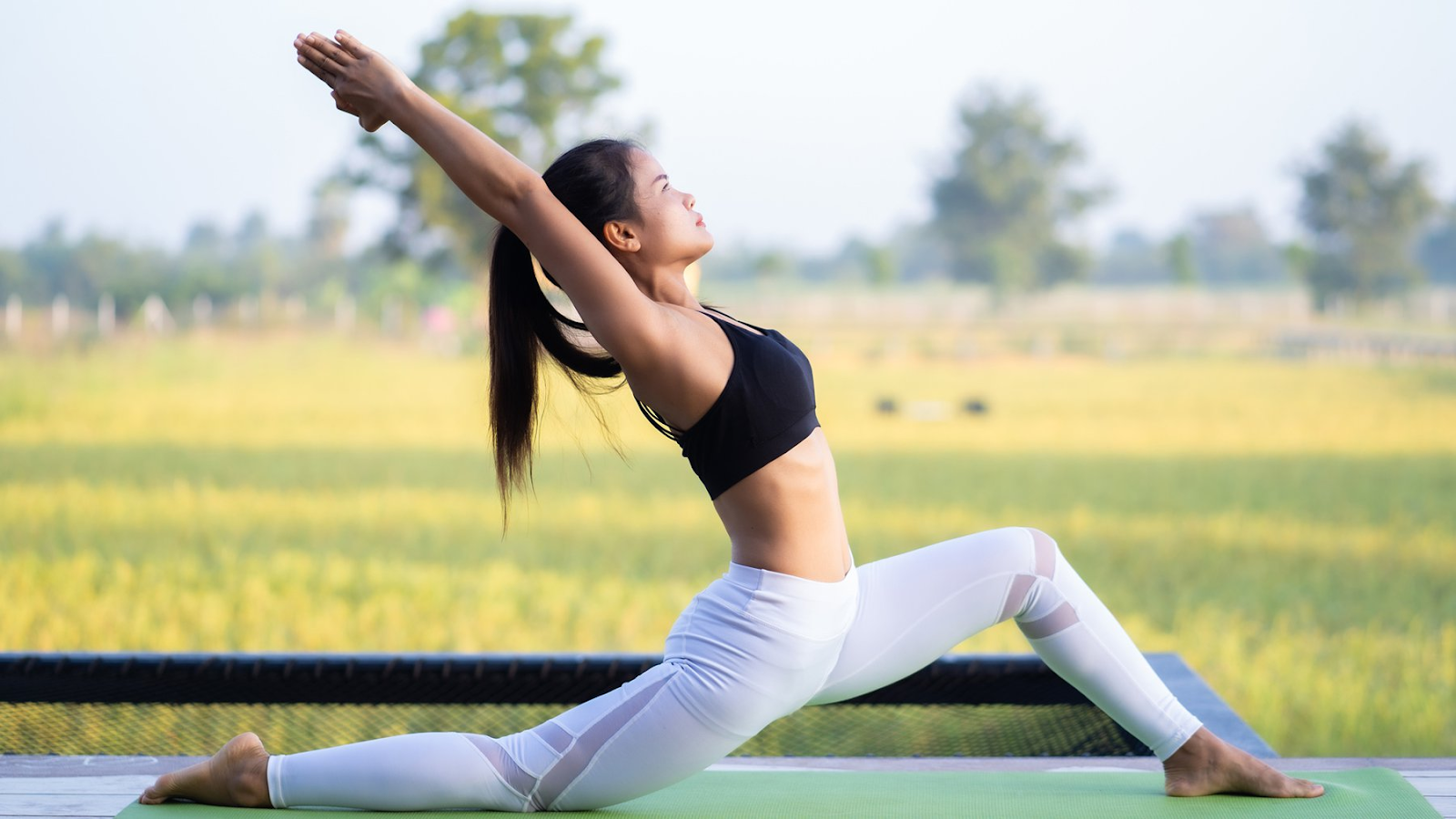
Patients need to choose the right type of exercise that suits their individual characteristics and medical condition. (Photo: TL)
People with skin diseases (such as atopic dermatitis) can choose gentle forms of exercise that do not require excessive exertion and are easy to perform, such as walking, jogging, cycling, simple yoga exercises, stretching, or any type of physical exercise that the practitioner finds suitable for their health and does not affect their condition.
3. What is the best time for people with atopic dermatitis to exercise?
Location, space, time, and duration of exercise need to be noted to ensure avoiding adverse effects of climate, weather, temperature, humidity, dust, pollen in the air... on skin inflammation conditions, especially atopic dermatitis and allergies.
Hot, humid environments cause the body to increase sweating, salt in sweat combined with dust in the air sticks to the skin causing an itchy, uncomfortable feeling. Therefore, the location and space for training should be airy, well-ventilated, and the time of training should be adjusted to the cool weather of the day.
4. Things to keep in mind when exercising for people with atopic dermatitis
Be sure to shower thoroughly after exercising or swimming to remove skin irritants such as sweat, dirt, chemicals in pool water, etc.
Injuries, skin contact friction during exercise, excessive sweating or overtraining can all aggravate dermatitis. A small percentage of people may have allergies during exercise, which can even lead to life-threatening anaphylactic shock, especially during exercise or high-intensity physical activity. Therefore, you should stop exercising immediately if you experience hives on your skin, along with other systemic conditions such as chest tightness, difficulty breathing, dizziness, nausea, abdominal pain, diarrhea, etc.
Like all other subjects when participating in physical training, practitioners need to adhere to the principles of training: Practice systematically, gradually increase, exercises from small to large, intensity, volume, training time suitable for each person, avoid overtraining. Ensure proper nutrition, provide enough water for the body during training.
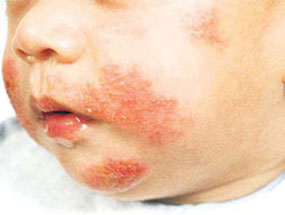 Can atopic dermatitis be cured?
Can atopic dermatitis be cured?Source: https://giadinh.suckhoedoisong.vn/nhung-luu-y-khi-nguoi-bi-viem-da-co-dia-tap-the-thao-172241027191721663.htm




![[Photo] General Secretary To Lam visits Long Thanh International Airport Project](https://vphoto.vietnam.vn/thumb/1200x675/vietnam/resource/IMAGE/2025/11/13/1763008564398_vna-potal-tong-bi-thu-to-lam-tham-du-an-cang-hang-khong-quoc-te-long-thanh-8404600-1261-jpg.webp)












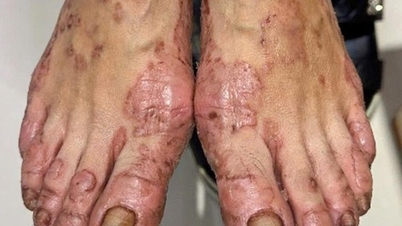



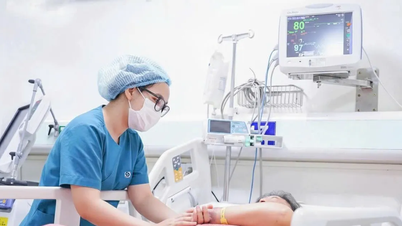



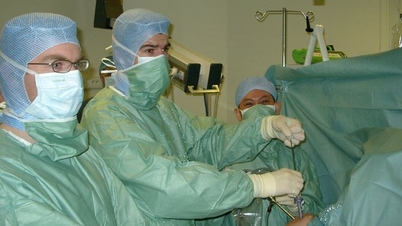








































































![Dong Nai OCOP transition: [Article 3] Linking tourism with OCOP product consumption](https://vphoto.vietnam.vn/thumb/402x226/vietnam/resource/IMAGE/2025/11/10/1762739199309_1324-2740-7_n-162543_981.jpeg)



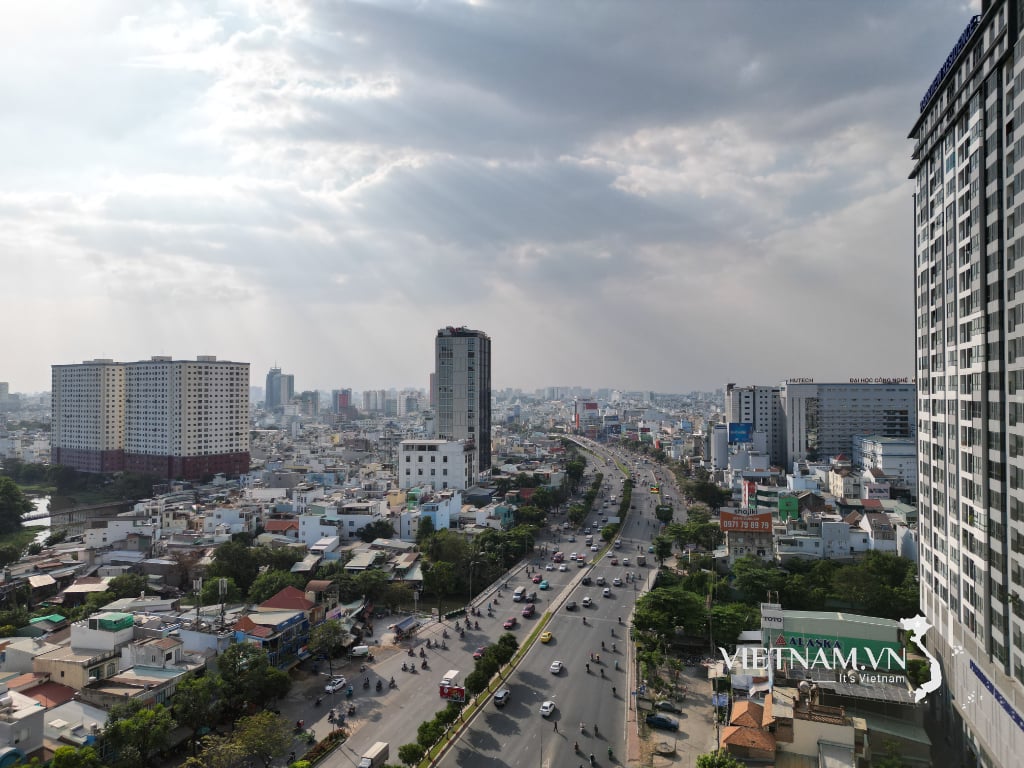



Comment (0)